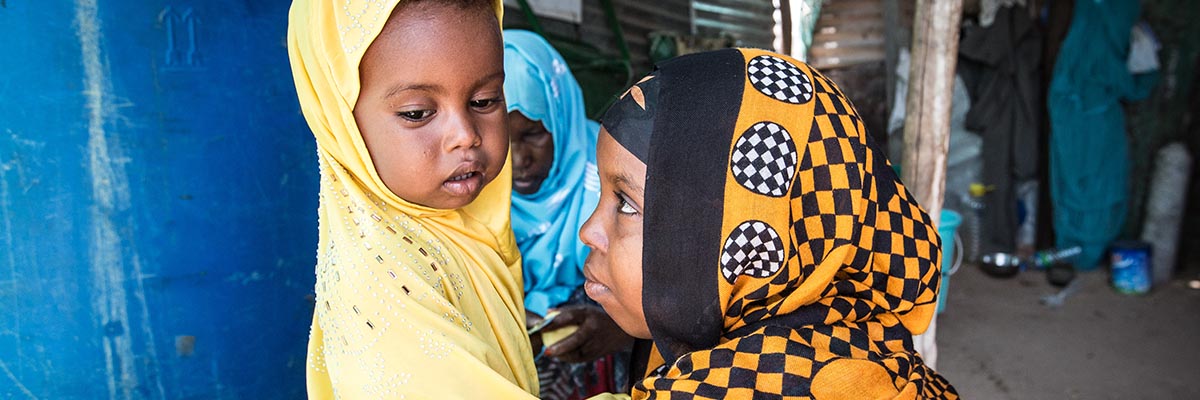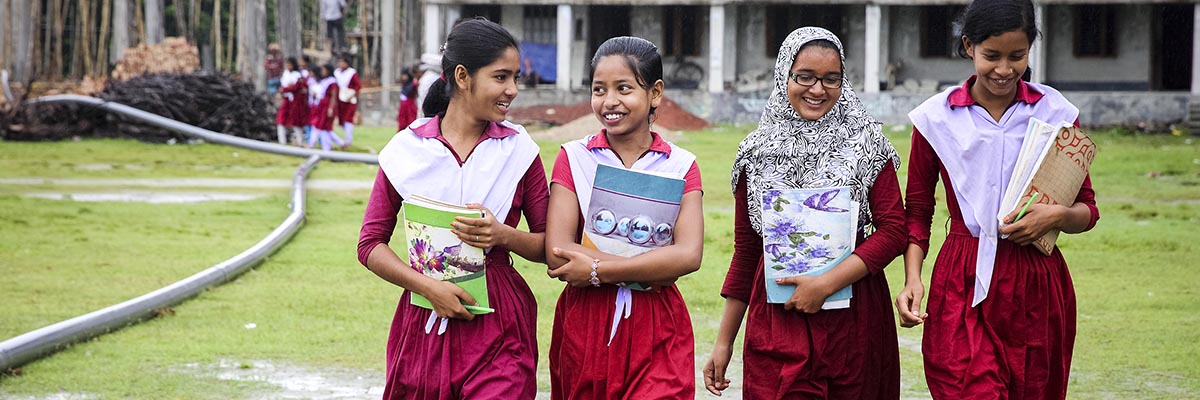Save the Children Australia’s Gender Advisor, Asha Bradley, muses on the special meaning of International Day of the Girl
Earlier this month, on 11 October, the world celebrated International Day of the Girl. The day aims to shine a light on the needs of girls around the world and celebrate their unique contribution to our society.
I work as a Gender Advisor at Save the Children Australia, so I see this as an important day to reflect on the situation of girls around the world and ask if we are doing enough to support them. My job is to address gender-based discrimination and promote equality between the sexes. This requires understanding the distinct needs of girls and boys in Save the Children’s programs – and make sure we do our best to meet those needs.

Every day, girls face challenges that boys don’t. This is gender inequality. It is also unjustifiable. Save the Children’s programs cover the entire life cycle of girls and boys – from the womb to parenthood – so we have the potential to really transform a girl’s life.
Here are three reasons why International Day of the Girl is so important.
1. Girls have been invisible for a long time
Until recently, girls were largely hidden from development and humanitarian policies and programming. They were, and occasionally still are, lumped into larger categories such as ‘children’ or ‘women’. These broader categories make it hard to see the discrimination they face – and they make it difficult to create the interventions that could change the trajectory not only for the girls, but also for the generations that come after them. The celebration of International Day of the Girl started in 2012 and it is important because it focusses attention on the world’s girls and young women, the specific challenges they face, but also the opportunities that exist in unlocking their potential.1
Thankfully, girls are getting more attention these days. In the past, our global goals (the Millennium Development Goals) failed to address issues affecting girls (like child marriage, gender-based violence, early pregnancy and other forms of harmful practices), however the new Sustainable Development Goals (2015–2030) have specific targets to end practices that harm girls. They have also made sure that issues affecting girls have been considered in actions to end poverty and hunger, and to ensure everyone has the opportunity to live healthy lives, access education, access clean water and sanitation, take up decent work, and live sustainable and peaceful lives.2 This is significant because the Sustainable Development Goals are a mechanism to galvanise global efforts around particular issues, as they drive countries to collect, analyse and report data on progress towards identified goals.

2. Girls have unique needs
Globally, girls face more discrimination and violence, and have less time for education and play than boys. They also face specific challenges due to their sexual and reproductive health needs. Millions of girls around the world are forced into marriage and motherhood far too young – their education and their dreams cut short, with their bodies often too small and undeveloped for safe pregnancies and deliveries. In fact, pregnancy and complications from childbirth are the leading causes of death for girls between ages 15 and 18 in low- and middle-income countries.3 Children of mothers younger than 18 are more likely to be malnourished and die before age five. Girls and young women are also often forced to marry much older men and, as a result, have relatively few years of education. They are at a heightened risk of being financially dependent on their partner, domestic and family violence, and being cut out of decision-making in their household.4

3. Empowering girls is a catalyst for broader social change
A girl with access to education, healthcare, voluntary family planning, and safe spaces to live and work will increase her family and her community's health and wealth. Extra years of education for girls boosts their individual earning potential and educated girls are more likely to marry later and have fewer and healthier children. For this reason, investing in girls may yield some of the best returns for programs aiming to end poverty, violence and gender inequality.